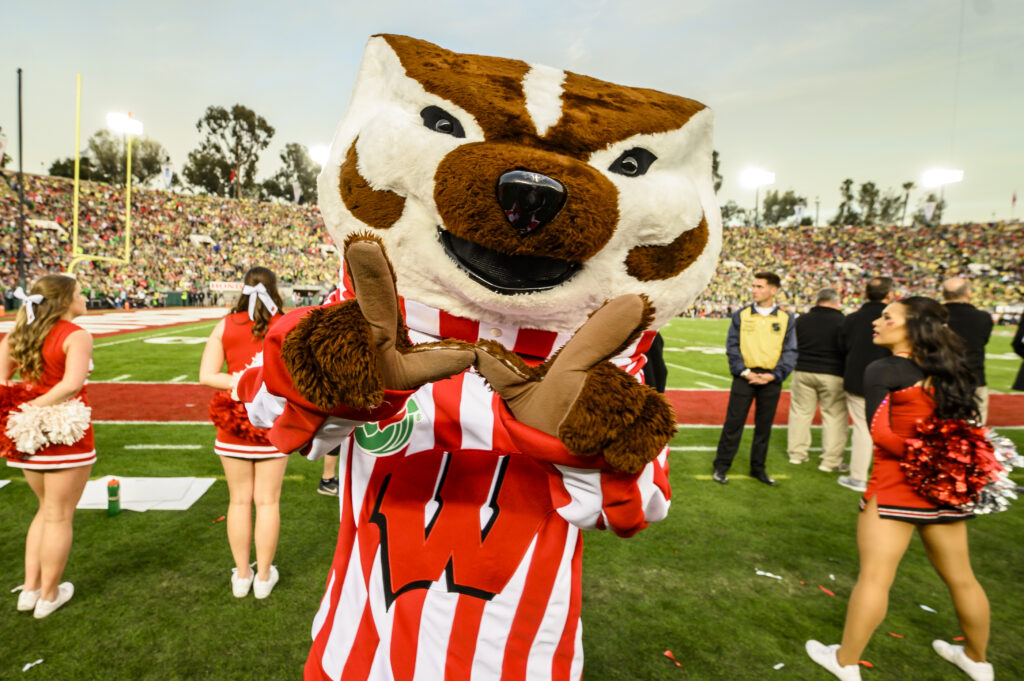By Ellie Wise
Even an impressive fourth-straight driver’s title in Las Vegas for Max Verstappen and a constructor’s title for McLaren in Abu Dhabi, its first in 26 years, couldn’t stop Lewis Hamilton from defining the 2024 Formula 1 season.
While his record-breaking ninth British Grand Prix victory at Silverstone in July was the homecoming of every Brit’s dreams, it was his announcement just four weeks before the season’s start that turned the racing world on its head.
Hamilton was trading his Mercedes blue for Ferrari red.
He’s won six driver’s titles with the Silver Arrows and holds the records for most wins (105), pole positions (104), and podium finishes (202). Hamilton is arguably the greatest driver there’s ever been. Maybe the greatest there ever will be.
Though following his second-place championship finish in 2021, Hamilton had been in a bit of a lull—murmurs of him losing his competitive edge, murmurs of retirement. And at 40 years old, everyone expected that he’d be retiring with Mercedes.
But Hamilton is nothing if not ambitious.
And why should we expect greatness to be neatly packaged and gracefully retired anyway? Maybe the refusal to walk away is the most zealous, most human part of what it means to be great.
Hamilton’s decision has challenged more than just his own narrative. In sports, we’ve come to glorify the “perfect exit.” The swan song. The last title before the curtain drops. We romanticize athletes who ride off into the sunset, untouched by decline and preserved in our memories at their best.
A comforting story, but not a very fair one.
It’s an easy narrative to sell, too. Sports coverage thrives on arcs: the rise, the peak, and the poetic farewell. Michael Jordan sinking the championship-winning shot in 1998—that image became gospel.
The problem is, most athletes don’t want to be defined by a singular moment. They want to keep going. Yet, the media often treats any attempt to extend greatness as vanity or delusion. This narrative assumes greatness is something that can be lost by trying too hard or staying too long.
But what if that’s a fundamental misunderstanding of what greatness actually is? Greatness isn’t static. It’s relentless, evolving, and often uncomfortable to watch.
Perhaps no one wrestled with this more publicly than Tom Brady. After winning his sixth ring with New England, he could’ve bowed out as a Pats legend. Instead, he left the dynasty he built, joined a losing franchise, defied all odds, and won again.
It would’ve been the perfect storybook ending. Many believed he should’ve stopped there—that he proved what he needed to prove. And yet, he refused to quit.
I mean, hell, what did he have to lose? Brady will be remembered as one of the best to ever do it, if not the best. Not only did his legacy not suffer, but he reinforced it by pushing the boundaries of longevity.
Legacy isn’t always about more rings or records. For some athletes, it’s about what showing up represents. Take Serena Williams. Her post-motherhood career wasn’t defined by Grand Slam victories, but by what her presence on the court stood for.
Female athletes often step away from their sports careers when becoming mothers. There’s no denying the physical and mental impact of pregnancy and childbirth—and that’s something male athletes just don’t have to experience. Novak Djokovic even expressed that becoming a father gave him a competitive edge.
So, when Williams won the 2017 Australian Open while eight weeks pregnant and returned to play in 2018 after giving birth, it meant something.
Her final years before retirement may not have been filled with Grand Slam victories, but they deepened her legacy in ways that stats alone can’t quite measure. Every match was a statement—not just about her skill, but about motherhood, persistence, and the power of showing up on her own terms.
That same refusal to be neatly written off is exactly what makes Lewis Hamilton’s next chapter so compelling.
His 2025 F1 season may not be off to the start he anticipated—adding more fire to the fuel for critics who say that his time has passed. Nevertheless, Hamilton’s decision to leave Mercedes for Ferrari wasn’t about comfort or legacy preservation. It was about hunger. About love for the sport. About chasing something bigger than a safe ending.
And isn’t that what greatness truly is? Not knowing when to walk away, but daring to keep going. Legacy isn’t tarnished by chasing the impossible—it’s defined by it.
